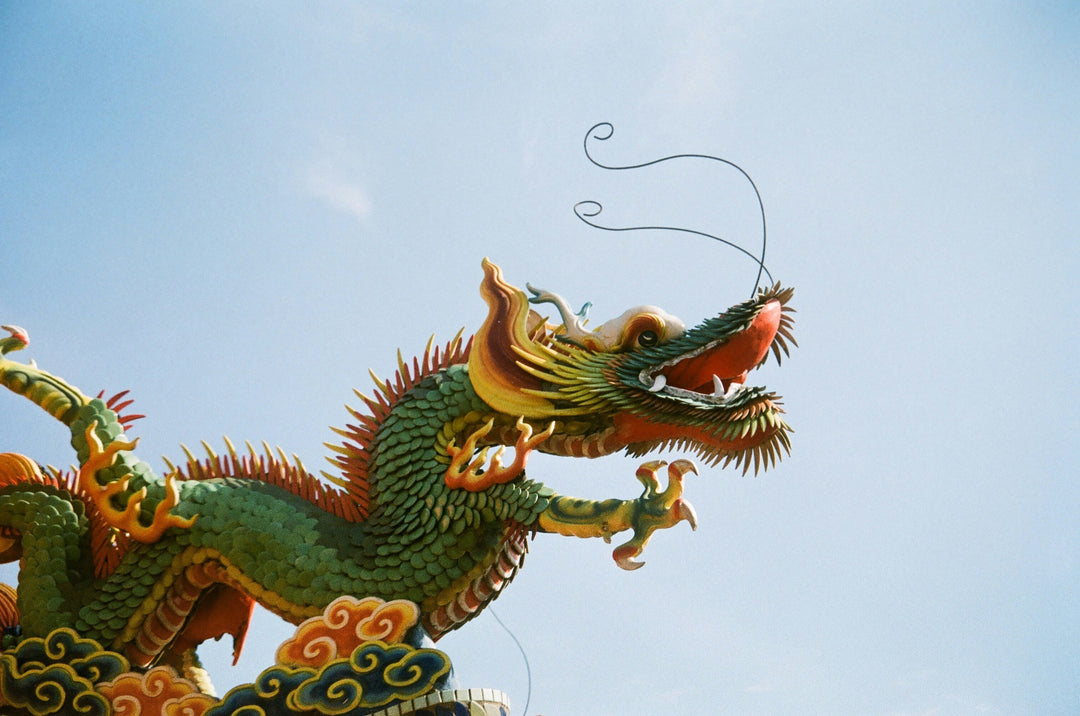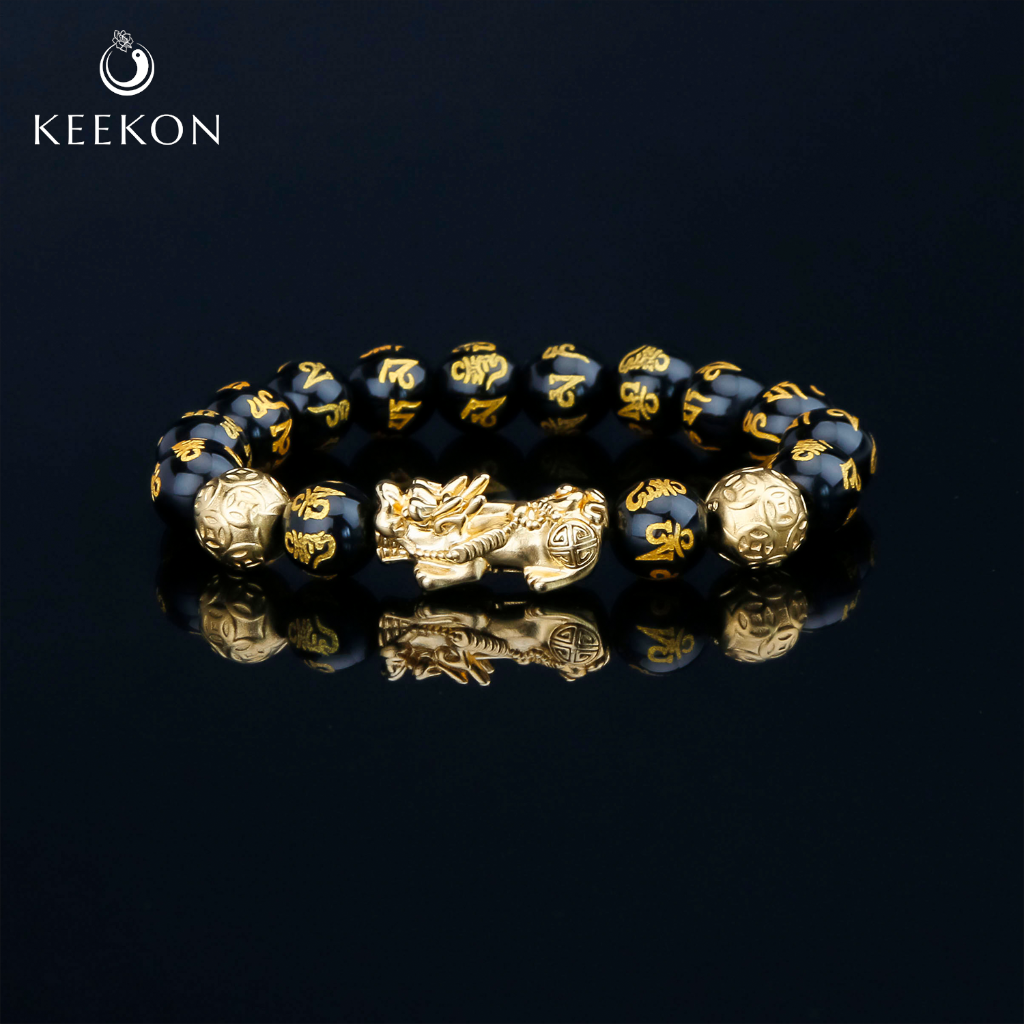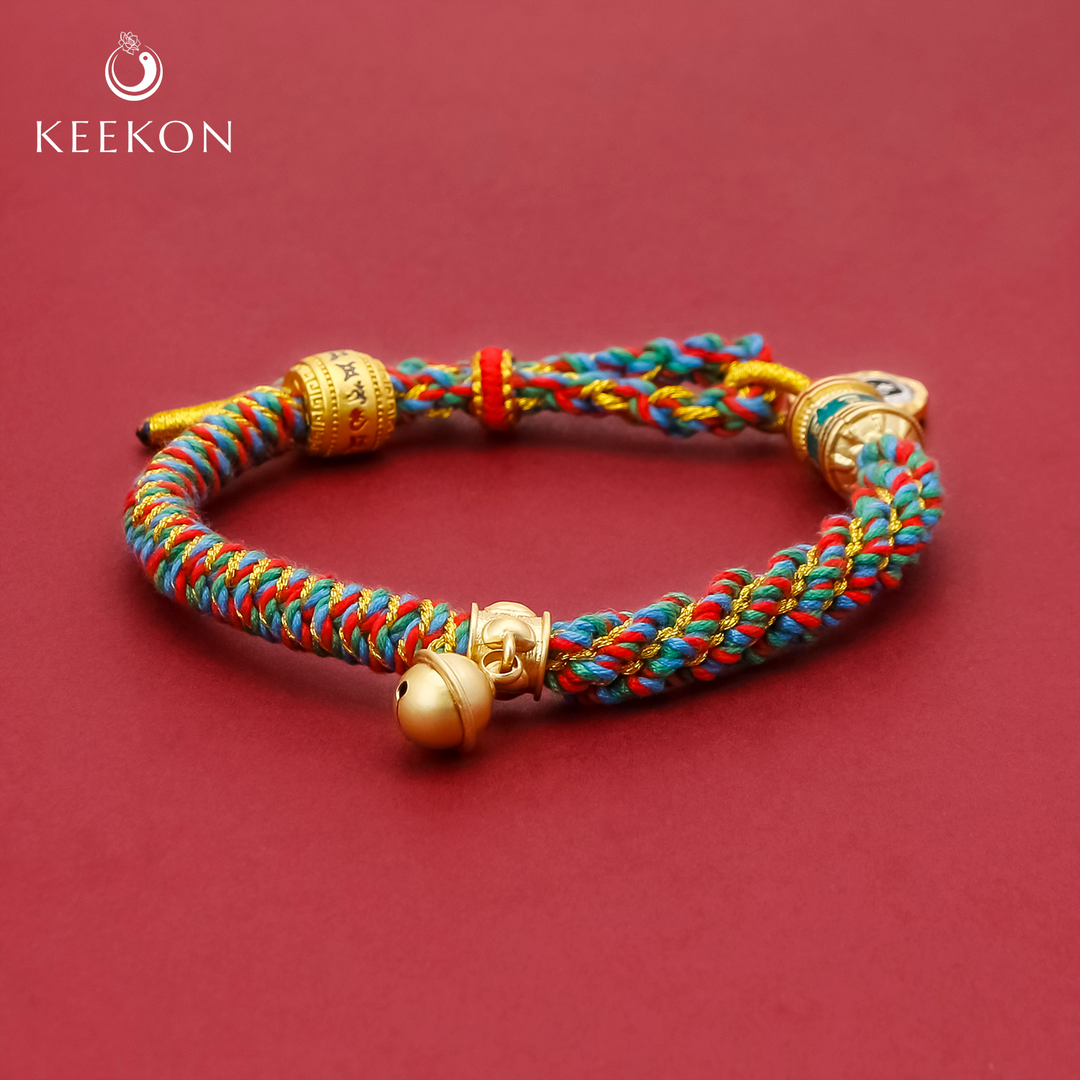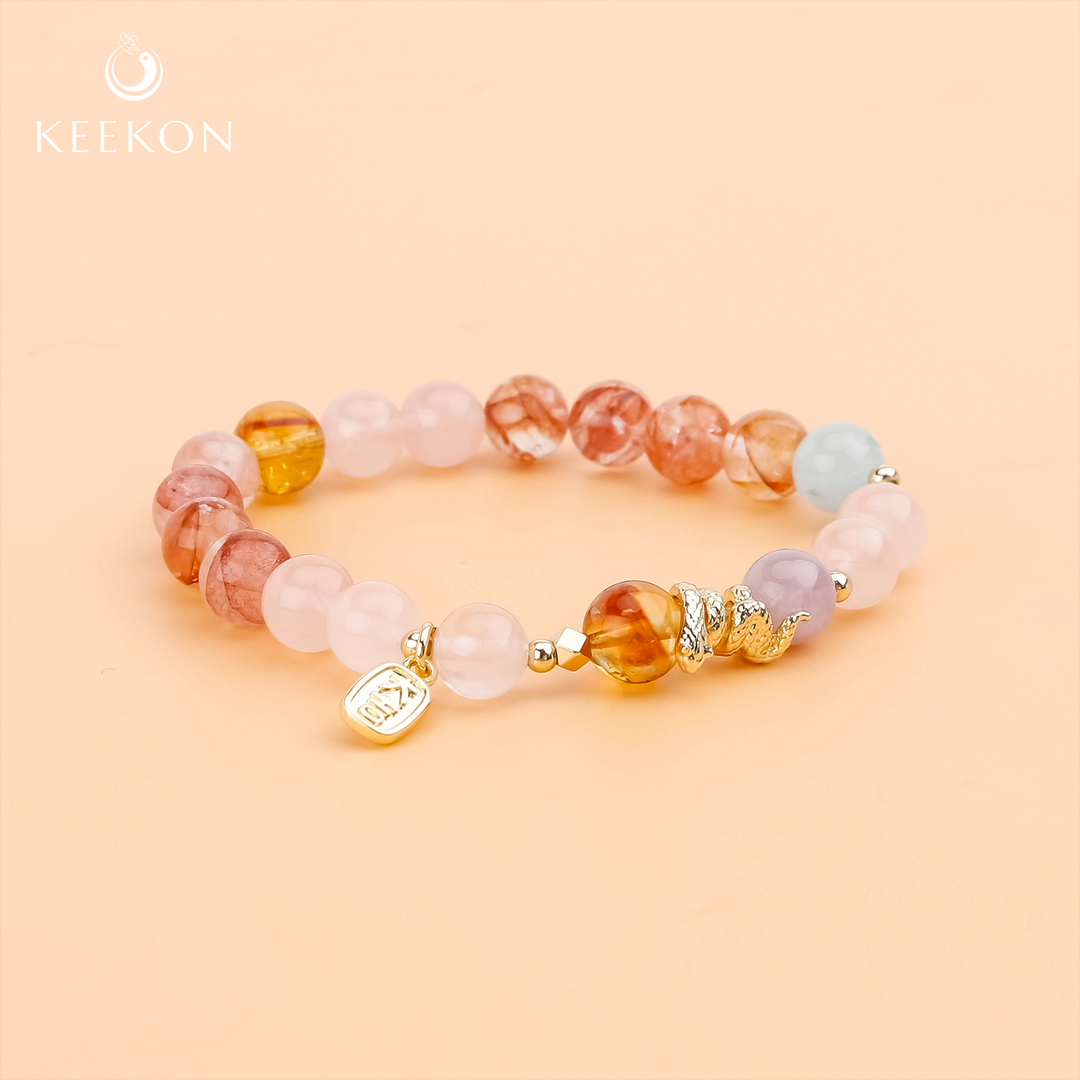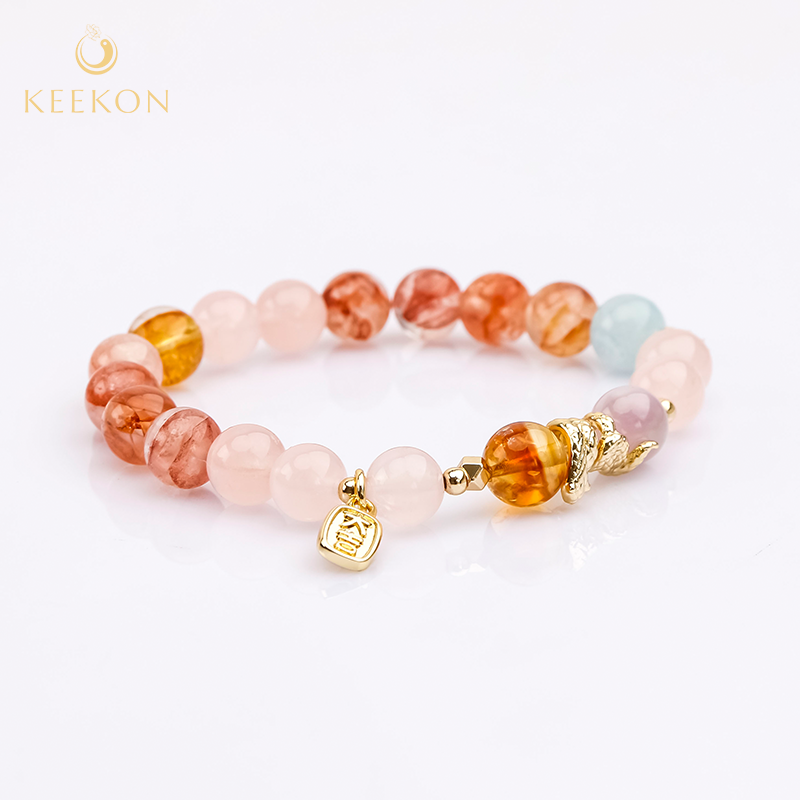Qigong Meditation Techniques Benefits and How to Do It
Qigong (pronounced "chee-gong") is an ancient Chinese practice that combines movement, meditation, and controlled breathing to enhance physical, mental, and spiritual well-being. With roots in Traditional Chinese Medicine (TCM), martial arts, and Daoist philosophy, Qigong has been practiced for thousands of years to cultivate and balance the body's vital energy, known as "Qi" (or "Chi").
In recent years, Qigong has gained global popularity as a holistic wellness practice, offering benefits such as stress reduction, pain relief, and improved focus. This article explores the different types of Qigong, its meditation techniques, health benefits, and how beginners can get started.
What is Qigong?
Qigong (pronounced “chee-gong”) is a centuries-old practice rooted in Traditional Chinese Medicine (TCM) that combines gentle movements, breathing techniques, and focused intention to cultivate and regulate qi—the vital life energy believed to flow through every living being. The term “Qigong” is made up of two Chinese characters: “qi” (气), meaning energy or life force, and “gong” (功), meaning work, skill, or cultivation. Together, Qigong can be understood as the practice of working with one’s life energy to promote health, longevity, and spiritual growth.

Qigong is more than just a set of physical exercises. It’s a holistic mind-body practice that aims to harmonize the body’s internal energy systems. Practitioners engage in slow, flowing postures combined with deep, controlled breathing and a calm, meditative state of mind. Unlike high-intensity workouts, Qigong emphasizes relaxation, awareness, and balance, making it accessible to people of all ages and fitness levels.
There are three main categories of Qigong: medical Qigong, which focuses on healing and preventative health; martial Qigong, which strengthens the body for martial arts and physical endurance; and spiritual Qigong, which fosters inner peace and connection with the universe. While each category has its specific techniques, they all share the common goal of improving energy flow and achieving balance between body and mind.
Qigong is often practiced outdoors in quiet parks or natural settings, but it can also be done indoors with little space or equipment. It can be practiced as a form of daily self-care or used to complement other healing modalities such as acupuncture, massage, or meditation.
Over time, consistent practice of Qigong can lead to numerous benefits, including improved circulation, enhanced immune function, reduced stress and anxiety, increased vitality, and greater emotional stability. It is a gentle yet powerful tool for cultivating inner harmony, promoting well-being, and living in alignment with nature's rhythms.
What Are the Types of Qigong?
Qigong encompasses a wide variety of styles and practices, some of which have evolved beyond their traditional roots in Chinese philosophy. Within the classical system of qigong, two main approaches are commonly recognized.
The first is Wai Dan, or “external elixir,” which emphasizes physical movements, specific body postures, and breathing techniques. This outward-focused method is often practiced standing or in motion, aiming to cultivate qi through dynamic exercises.
In contrast, Nei Dan, or “internal elixir,” centers on inward cultivation. It involves seated meditation, breath control, and visualization techniques to refine and direct internal energy, fostering deeper mental and spiritual awareness.
Qigong practices can also be categorized based on their primary purpose.
1. Medical Qigong
Focuses on healing and disease prevention.
Often used alongside acupuncture and herbal medicine in TCM.
Includes exercises like "Eight Pieces of Brocade" (Ba Duan Jin) for overall vitality.
2. Martial Qigong
Enhances strength, endurance, and flexibility for martial artists.
Practices like "Iron Shirt Qigong" improve resilience.

3. Spiritual Qigong
Aims for self-awareness, enlightenment, and harmony with nature.
Involves seated meditation and energy cultivation techniques.
What is Qigong Meditation?
Qigong meditation is a vital aspect of traditional qigong practice that emphasizes stillness, breath awareness, and internal energy (Qi) cultivation. Rooted in ancient Chinese philosophy, it blends mindfulness, controlled breathing, and visualization to harmonize the body, mind, and spirit. While many forms of qigong involve physical movement, qigong meditation is typically practiced in a stationary posture—sitting, lying down, or standing still—allowing practitioners to turn their focus inward and deepen their connection with the flow of Qi.
At its core, qigong meditation aims to calm the mind, regulate the breath, and guide the circulation of life force energy through the body’s meridians or energy channels. This gentle yet powerful practice is known for its benefits in stress relief, emotional balance, and overall wellness. It's often described as a moving stillness—a dynamic experience taking place within, even when the body remains completely at rest.
Qigong meditation is a key component of the practice, focusing on deep breathing, visualization, and Qi circulation. Unlike active Qigong (which involves movement), meditation can be done in stillness.

Types of Qigong Meditation
1. Active (Dynamic) Qigong
Combines movement with breathwork.
Examples:
Tai Chi (a slow, flowing martial art derived from Qigong).
Five Animal Frolics (mimicking animal movements for health).
2. Passive Qigong
Performed seated or lying down.
Focuses on breath control and mental visualization.
Examples:
Microcosmic Orbit Meditation (circulating Qi through energy pathways).
Dan Tian Breathing (focusing on the lower abdomen to store Qi).
Benefits of Qigong Meditation
Qigong meditation is not just an ancient practice rooted in Chinese tradition—it is increasingly recognized by modern science for its many health benefits. By combining mindful breathing, gentle movement, and energy awareness, qigong meditation supports physical, mental, and emotional well-being. Below are some of the key benefits, each backed by both traditional wisdom and modern research:
1. Increases Balance & Coordination
Qigong enhances body awareness and improves proprioception—the sense of your body’s position in space. This is especially valuable for older adults, as it helps strengthen the legs, improve posture, and reduce the risk of falls. Regular practice also develops a greater sense of physical stability and control, which can aid in everyday movements and athletic activities alike. Through slow, deliberate movements, practitioners learn to move with more grace and precision.
2. Reduces Pain & Inflammation
Many people turn to qigong to find relief from chronic pain conditions such as arthritis, fibromyalgia, and lower back pain. The gentle stretching and fluid motion help improve circulation and flexibility, while the meditative focus reduces the body’s inflammatory response. Qigong’s ability to calm the nervous system can also lower pain perception, making it an effective natural complement to conventional pain management approaches.
3. Lowers Stress & Anxiety
One of the most celebrated benefits of qigong meditation is its ability to ease stress and calm the mind. Deep breathing and mindful awareness activate the parasympathetic nervous system—also known as the “rest and digest” mode—which lowers heart rate, relaxes muscles, and soothes the body’s stress response. Over time, regular practice can help reduce anxiety levels, promote emotional resilience, and support mental well-being.
4. May Lower Risk of Chronic Disease
Qigong supports overall health by improving the function of key body systems, including the immune, respiratory, and cardiovascular systems. Studies have shown that it may help regulate blood pressure, improve heart rate variability, and enhance immune responses, thereby lowering the risk of chronic illnesses such as hypertension, heart disease, and even certain autoimmune disorders. It’s a low-impact, sustainable way to support long-term vitality.
5. Improves Focus & Mental Clarity
The meditative nature of qigong cultivates a calm, centered state of mind that enhances concentration and cognitive performance. By training the mind to stay present and quiet the internal dialogue, qigong helps reduce brain fog and improve memory and attention span. Many practitioners report feeling more mentally sharp and emotionally balanced after consistent practice, making it an excellent tool for mental clarity and mindfulness.
How to Get Started: Qigong Exercises for Beginners
Starting your qigong journey doesn’t require any special equipment, gym membership, or previous experience. All you need is an open mind, comfortable clothing, and a few minutes each day to reconnect with your breath and body.

Here's how beginners can ease into qigong practice:
1. Find a Quiet Space
Choose a calm environment where you won’t be disturbed. It can be indoors or outdoors—as long as you feel grounded and relaxed.
2. Start with Simple Breathing
Begin with abdominal (Dan Tian) breathing. Place your hands gently on your lower abdomen. Inhale slowly through your nose, allowing your belly to rise. Exhale through your mouth or nose, feeling your belly fall. This helps center your focus and begin building awareness of Qi (energy).
3. Try Basic Standing Poses
One common beginner posture is Wu Ji, the standing meditation pose. Stand with feet shoulder-width apart, knees slightly bent, arms relaxed at your sides, and eyes gently closed. This posture cultivates balance, calmness, and energy flow.
4. Learn Simple Movements
Incorporate easy, flowing movements such as:
“Lifting the Sky” (Raising Hands to Regulate Qi): Raise arms slowly above the head with an inhale, then lower them with an exhale. Repeat several times.
“Opening and Closing the Chest”: Move arms outward with an inhale to expand the chest, then bring them inward on an exhale, as if hugging an invisible ball of energy.
These gentle exercises improve energy circulation, posture, and breath control.
5. Follow a Guided Routine
Look for beginner-friendly videos or attend a local qigong class. Guided sessions help you understand proper technique and build consistency.
6. Be Consistent, Not Perfect
You don’t have to master every move. Start with just 10–15 minutes per day. The key is regular, mindful practice—progress will come naturally over time.
Qigong vs. Tai Chi
Qigong and Tai Chi are both ancient Chinese practices that cultivate Qi (vital life energy), promote health, and balance the mind and body. While they share similarities in philosophy, breathing techniques, and slow, flowing movements, they are not the same. Understanding their key differences can help you choose the practice that best suits your needs.
1. Origins and Purpose
Qigong (气功) is a broad system of energy cultivation that dates back thousands of years. It includes a wide variety of practices—static or dynamic—focused on health, healing, meditation, and spiritual growth. Qigong is often seen as a foundational practice in Traditional Chinese Medicine (TCM).
Tai Chi (太极拳), or Tai Chi Chuan, originated as a martial art and gradually evolved into a form of moving meditation. While modern Tai Chi is widely practiced for its health benefits, its roots lie in self-defense, using softness to overcome force.
2. Movement and Structure
Qigong movements are typically simpler and easier to learn, often repeated in sets. They can be dynamic or stationary and usually involve breathing, visualization, and energy flow.
Tai Chi consists of structured forms (like the 24-form or 108-form), which are longer sequences of continuous, choreographed movements. It takes more time to learn and memorize a full routine.
3. Focus and Intention
Qigong is often more internally focused, emphasizing breath control, intention, and energy flow. It can be medical, spiritual, or martial in purpose, depending on the style.
Tai Chi tends to combine internal energy flow with martial application, even when practiced primarily for health. Movements are often more coordinated and include specific stances and transitions.
4. Accessibility for Beginners
Qigong is generally more accessible to beginners, especially older adults or those with limited mobility. Many qigong forms can be practiced seated or lying down.
Tai Chi, while gentle, usually requires standing and memorizing a set of movements. It may take longer to feel confident in a full sequence.
5. Health Benefits
Both practices offer overlapping benefits, such as:
Improved balance and coordination
Reduced stress and anxiety
Enhanced flexibility and circulation
Boosted immune system and energy levels
However, Qigong may focus more on healing and inner stillness, while Tai Chi often emphasizes movement, flow, and physical awareness.
Qigong and Tai Chi are like two branches of the same tree—both deeply rooted in Chinese philosophy and energy work. If you're looking for a gentle, meditative practice focused on breath and healing, Qigong may be your path. If you enjoy graceful movement and want to learn a martial-based form of meditation, Tai Chi might be the better fit. Either way, both practices offer profound benefits for body, mind, and spirit.
Qigong vs. Yoga
Qigong and yoga are both ancient practices designed to unify the body, mind, and spirit. Though they originate from different cultures—Qigong from China and Yoga from India—they share many common goals, such as cultivating inner peace, enhancing physical health, and developing spiritual awareness. However, they differ in their techniques, philosophy, and approach to energy cultivation.

1. Cultural & Philosophical Origins
Qigong is rooted in Traditional Chinese Medicine (TCM) and Taoist philosophy, emphasizing the flow of Qi (life energy) through the body’s meridian system. It aims to harmonize the body with nature and the cosmos.
Yoga originated in ancient India and is deeply connected with Hindu philosophy. It involves not only physical postures (asanas), but also ethical practices, breath control (pranayama), and meditation, all aimed at achieving union with the divine or higher consciousness.
2. Energy Systems
In Qigong, energy is known as Qi, and it flows through pathways called meridians. Practices are designed to unblock and enhance the circulation of Qi to maintain or restore health.
In Yoga, energy is called Prana, which flows through nadis (energy channels) and is concentrated in chakras (energy centers). Yoga practices aim to balance these energy centers for spiritual and physical wellness.
3. Movements and Techniques
Qigong often involves slow, flowing movements, coordinated with breathing and mental intention. Many forms can be done standing, sitting, or even lying down.
Yoga typically includes static postures (asanas) that involve stretching, balance, and flexibility. These are often held for several breaths and can be more physically demanding depending on the style (e.g., Hatha vs. Vinyasa).
4. Breathing and Meditation
Breath control (Dao Yin) in qigong is subtle and integrated with movement or still meditation, often focusing on energy flow or visualization techniques.
Pranayama in yoga is a formal discipline of controlled breathing techniques, often practiced separately or before meditation to purify and energize the mind-body system.
5. Goals and Outcomes
Qigong emphasizes healing, longevity, internal energy balance, and spiritual cultivation. It can be used for medical, martial, or spiritual purposes.
Yoga seeks inner peace, spiritual liberation (moksha), physical strength, and mental clarity. It’s a path that integrates philosophy, ethics, body, and breath.
6. Accessibility and Adaptability
Qigong is highly adaptable and especially suitable for seniors or those with limited mobility, as many forms are gentle and can be modified.
Yoga can range from very gentle to physically challenging, depending on the style and teacher. Chair yoga and restorative yoga offer options for beginners or those with physical limitations.
While Qigong and Yoga differ in origin and methodology, both are powerful mind-body disciplines that promote wellness, vitality, and spiritual awareness. If you’re drawn to gentle movement with energy focus and healing intent, qigong may be ideal. If you prefer a system that integrates physical postures, breathing, and deep philosophical inquiry, yoga could be your path.
Conclusion
Qigong is a powerful yet gentle practice that enhances physical health, mental clarity, and emotional balance. Whether you're looking to reduce stress, improve mobility, or cultivate inner peace, Qigong offers a holistic approach to wellness.
FAQs about Qigong
Q: What is Qigong?
A: Qigong is a traditional Chinese practice that combines movement, breathing, and meditation to cultivate and balance Qi—your vital life energy.
Q: Is Qigong the same as Tai Chi?
A: No, while both involve slow, mindful movement, Qigong is broader and focuses more on energy healing and meditation. Tai Chi originated as a martial art.
Q: Can beginners practice Qigong?
A: Absolutely! Qigong is gentle, adaptable, and easy to learn, making it ideal for beginners of all ages.
Q: Do I need any equipment to do Qigong?
A: No special equipment is needed. Just wear comfortable clothes and find a quiet space to begin.
Q: How is Qigong different from yoga?
A: Qigong comes from Chinese tradition and focuses on energy flow (Qi), while yoga originates from India and often emphasizes postures, flexibility, and spiritual connection through Prana.
Q: What are the health benefits of Qigong?
A: Qigong may improve balance, boost immunity, reduce stress, lower inflammation, and enhance mental clarity.
Q: Can Qigong help with anxiety or stress?
A: Yes! Qigong’s deep breathing and gentle movement activate your body’s relaxation response, helping you feel calmer and more centered.
Q: How often should I practice Qigong?
A: Even 10–15 minutes a day can offer benefits. For deeper results, aim to practice 3–5 times per week or more.
Q: Is Qigong safe for older adults?
A: Yes, Qigong is especially beneficial for seniors. It improves balance, flexibility, and vitality without straining the body.
Q: What’s the difference between dynamic and meditative Qigong?
A: Dynamic Qigong involves flowing movements, while meditative Qigong focuses on stillness, visualization, and breath control.
Q: Do I need a teacher to learn Qigong?
A: While a teacher is helpful for guidance, many people start with books or online videos and build a personal practice at home.
Q: Is Qigong part of Traditional Chinese Medicine?
A: Yes. Qigong is one of the key healing modalities in Traditional Chinese Medicine, alongside acupuncture and herbal therapy.
Q: Can I combine Qigong with other exercises like walking or yoga?
A: Definitely! Qigong complements other practices and can enhance your overall wellness routine.
Q: What does “Qi” mean in Qigong?
A: “Qi” (pronounced “chee”) means life energy or vital force. Qigong is the practice of cultivating and balancing this energy.
Q: Can Qigong help with chronic pain?
A: Many people use Qigong to manage pain from arthritis, fibromyalgia, and back issues. It promotes circulation, reduces tension, and supports healing

